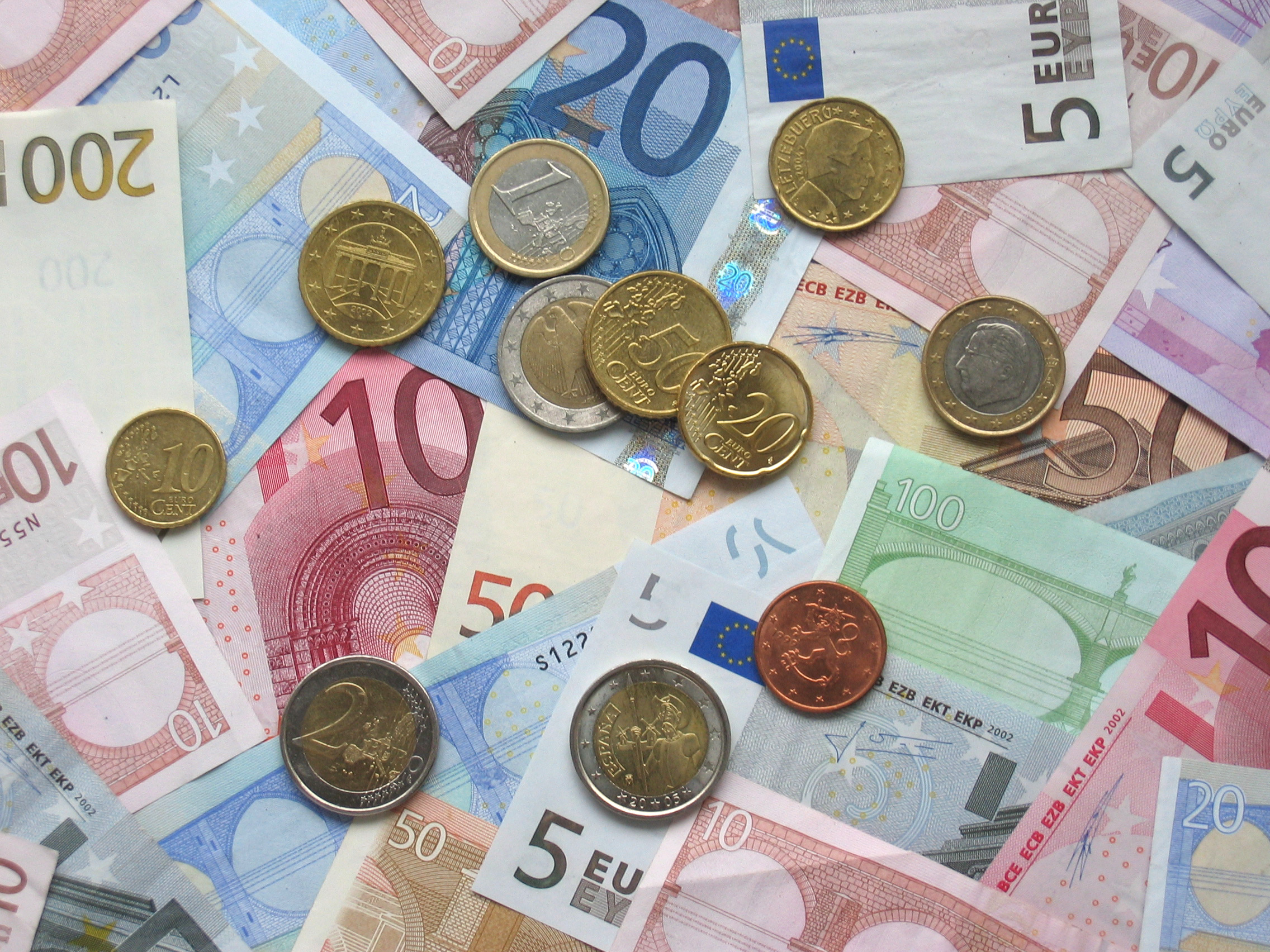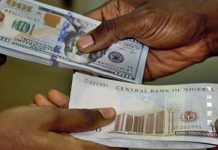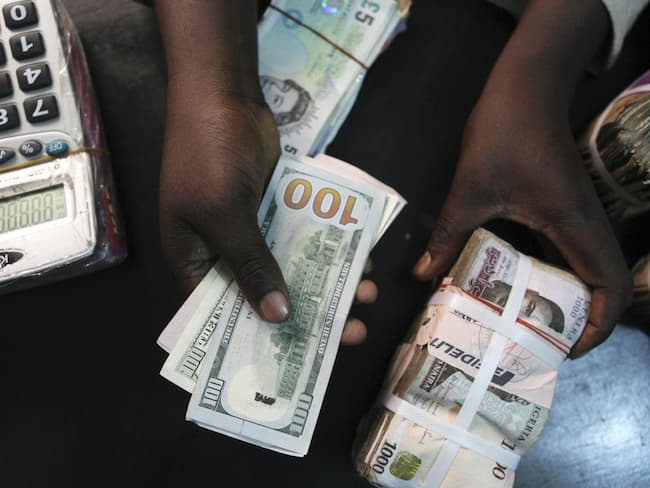The European Single Currency, euro, dropped lower on Wednesday, February 21, as the dollar built on its recovery from three-year lows, with higher Treasury yields supporting the greenback ahead of minutes of the Federal Reserve’s most recent policy meeting.
The single currency fell 0.1 percent against the dollar, after reducing its losses following a survey that showed business confidence in the private sector of the euro zone’s largest economy, Germany, hit a record high in February.
The euro, at $1.2315, is now more than 2-1/2 cents off its Friday high as investors, sensing the dollar had been oversold, bought back into the euro.
Against a basket of currencies, the dollar was up 0.2 percent. The U.S. currency has gained almost 2 percent since it hit three-year lows on Friday, but most strategists believe the rally is only temporary amid a longer-term structural decline.
The dollar has fallen this year on the back of strong economic performance in other regions, where monetary policy is expected to tighten, and concerns the United States is facing a growing budget deficit.
The focus now is on Federal Reserve minutes due later on Wednesday for hints on the future pace of U.S. monetary tightening after worries about rising inflation rattled markets in recent weeks.
“Markets are particularly sensitive to inflation and we think the odds that the minutes reinforce the narrative of firming inflation are high,” RBC Global Head of FX Strategy Elsa Lignos said.
“We think there is a high probability that the Fed moves the dots to four hikes in 2018 (from three) near-term and that the minutes could be another step in that direction.”
Traders are also watching this week’s large U.S. government debt auctions for clues to international investors’ appetite for U.S. assets.
Some of the U.S. government’s short-term borrowing costs rose to their highest level in more than nine years on Tuesday as it raised $179 billion in the Treasury securities market to fund spending and make debt payments.
The yen showed a muted reaction to comments from Masatsugu Asakawa, Japan’s top currency diplomat, who was quoted as saying that yen’s recent moves were “one-sided”.
The dollar rose 0.3 percent to trade at 107.60 yen, helping the greenback after recent falls against the Japanese currency. The dollar earlier on Wednesday recovered to its highest level since Feb. 14 following a big slump to its weakest since late 2016.
But with analysts saying that the outlook for the dollar remains bearish, doubts for the sustainability of the dollar’s bounce persist.
















